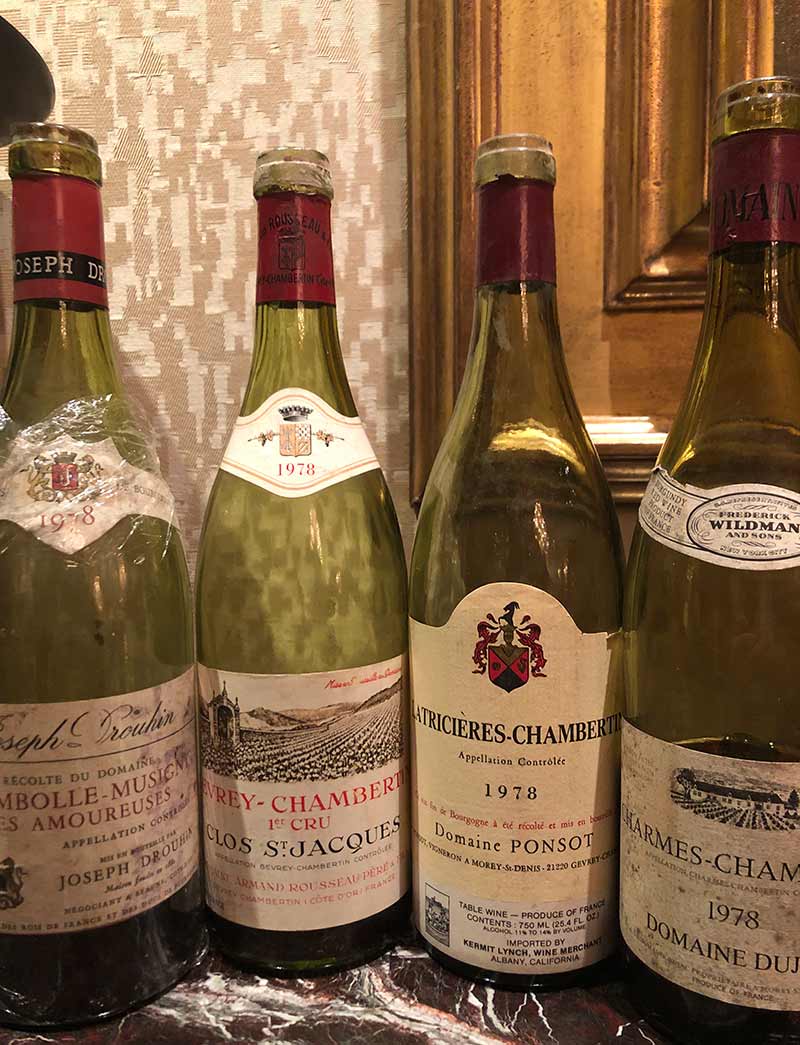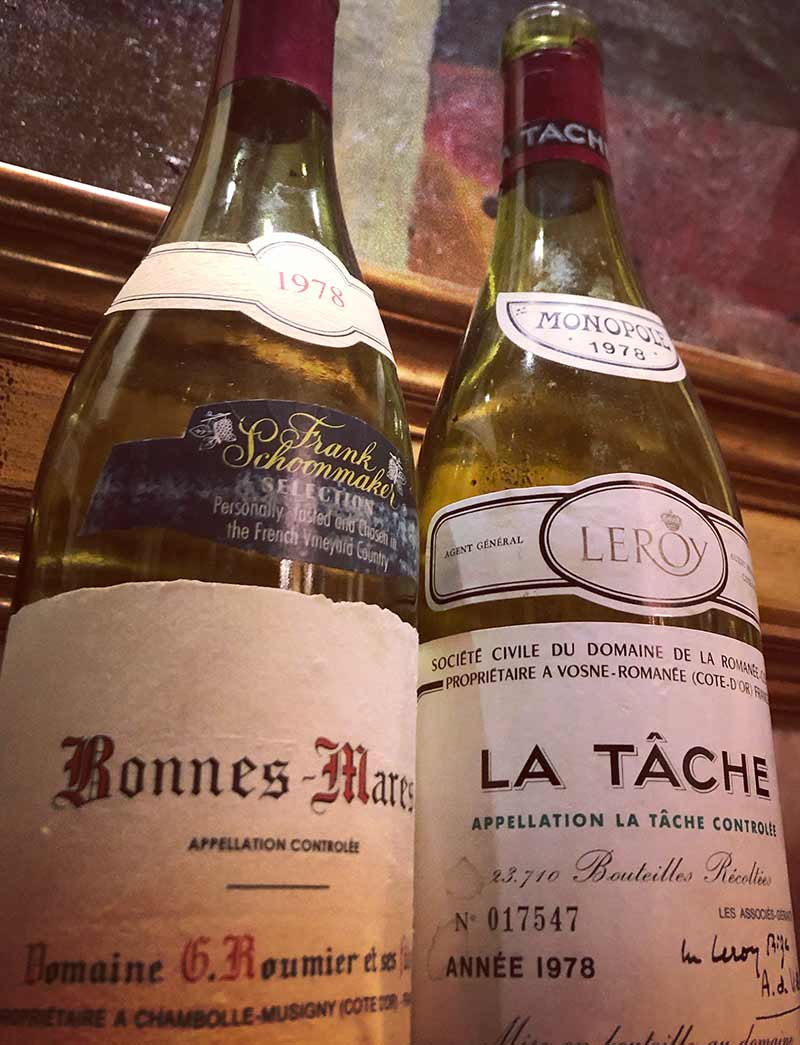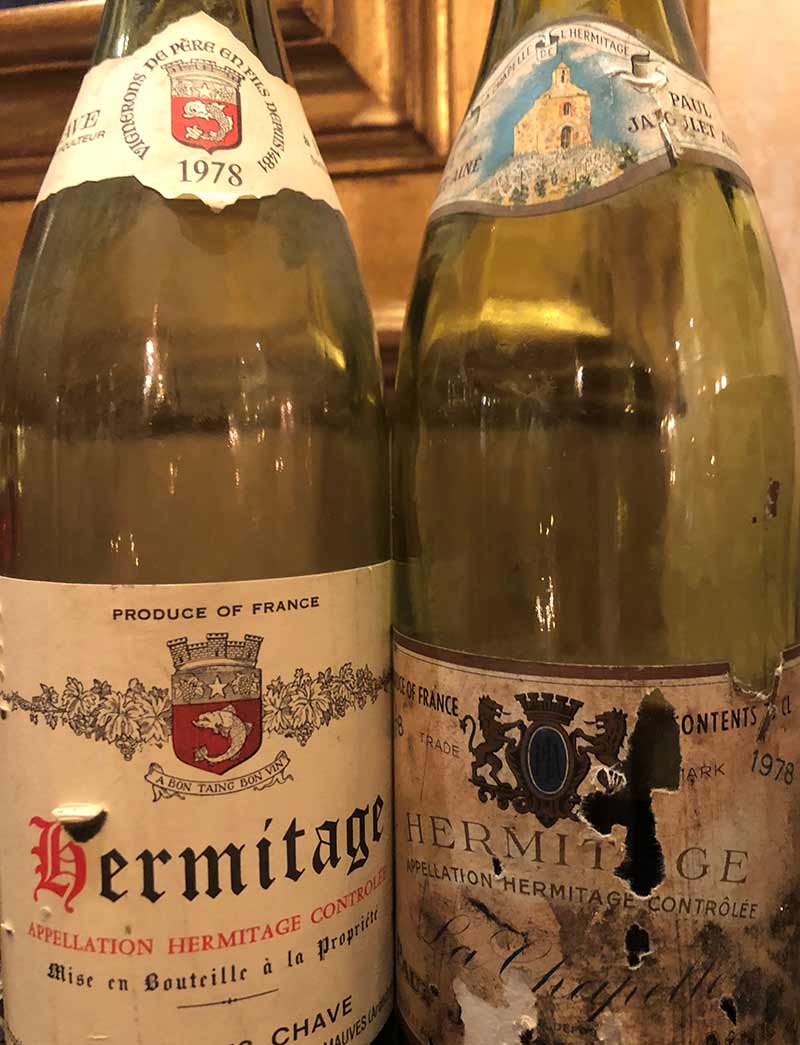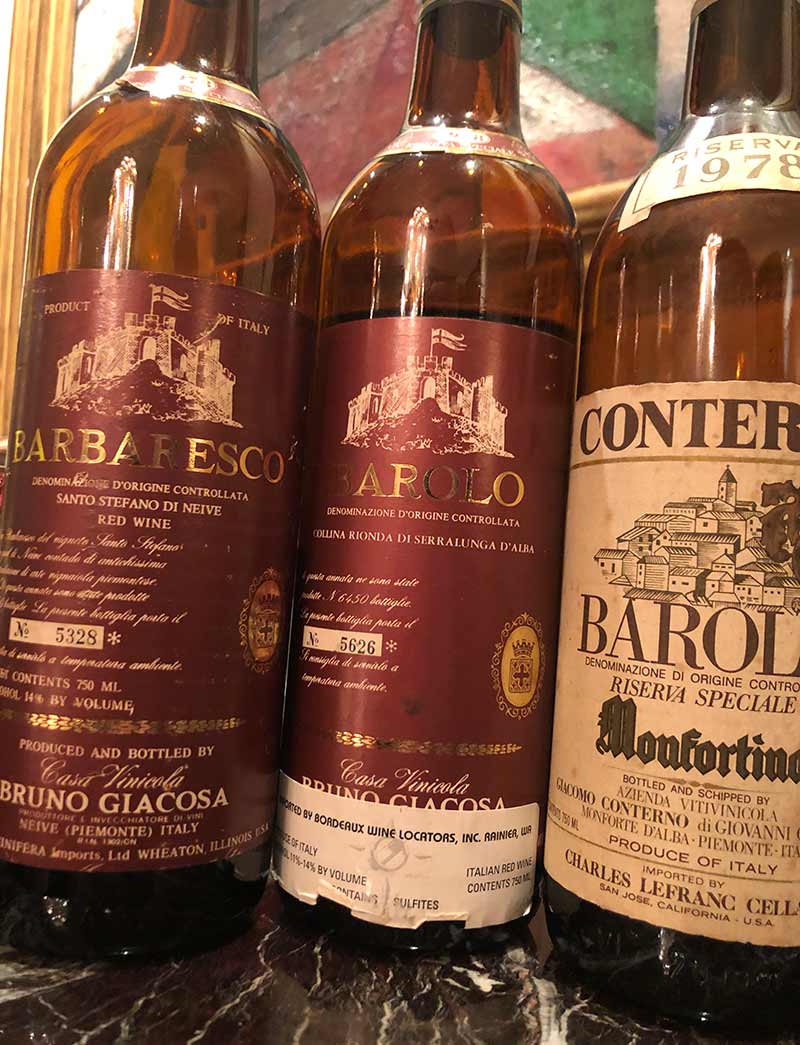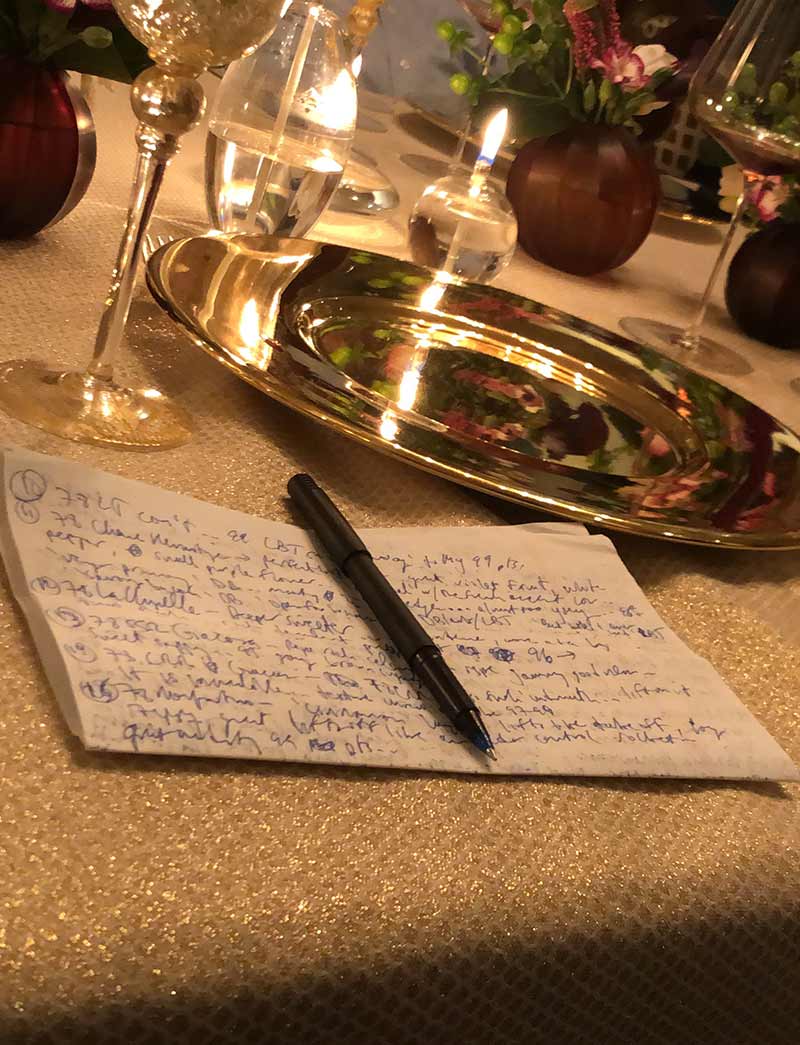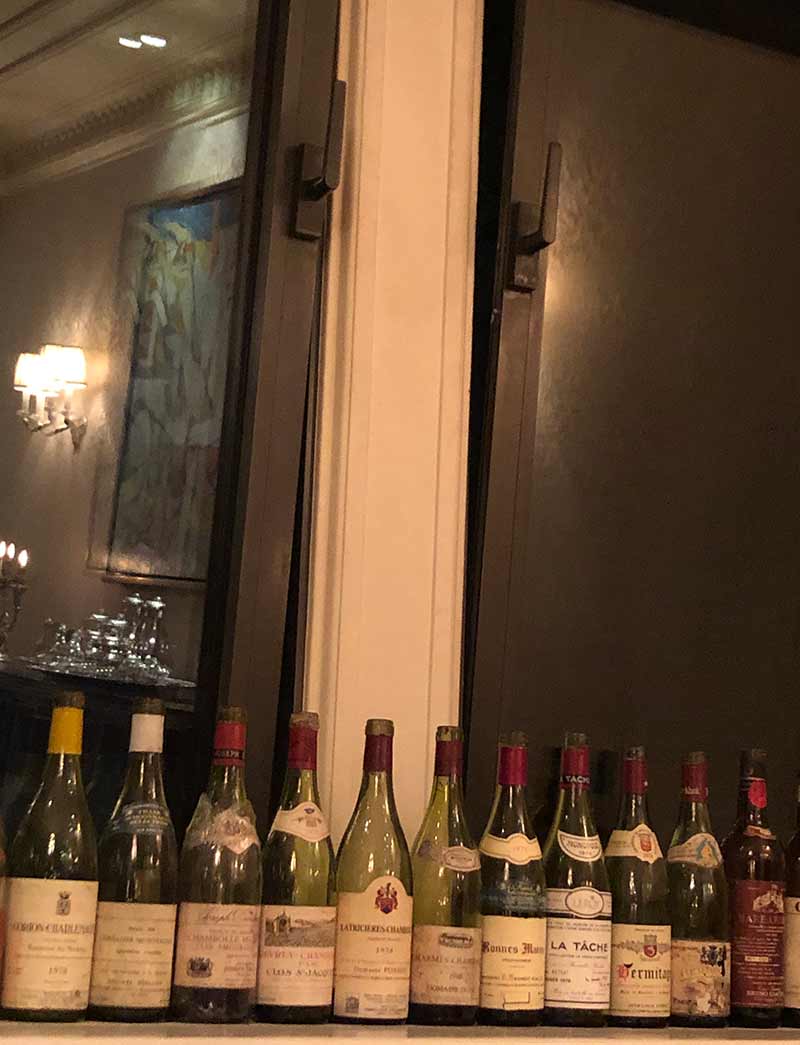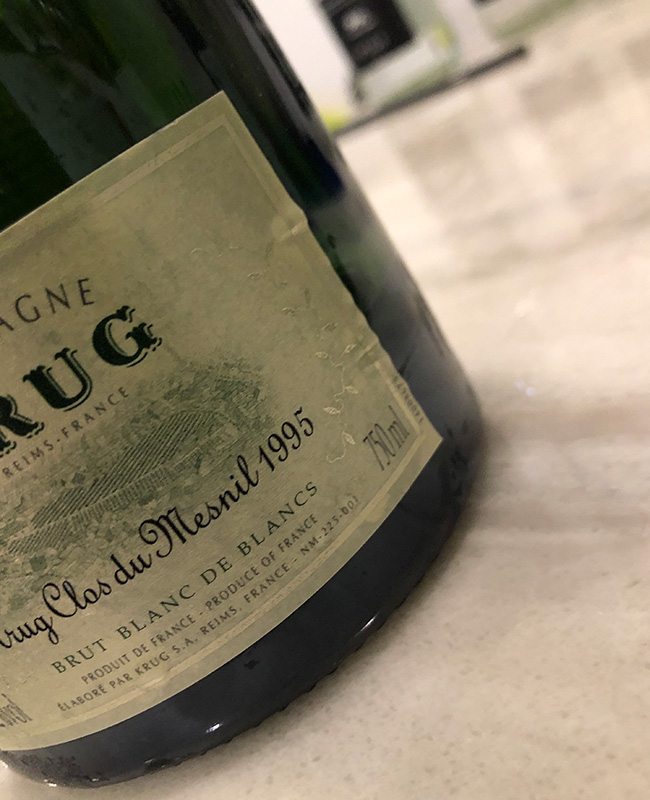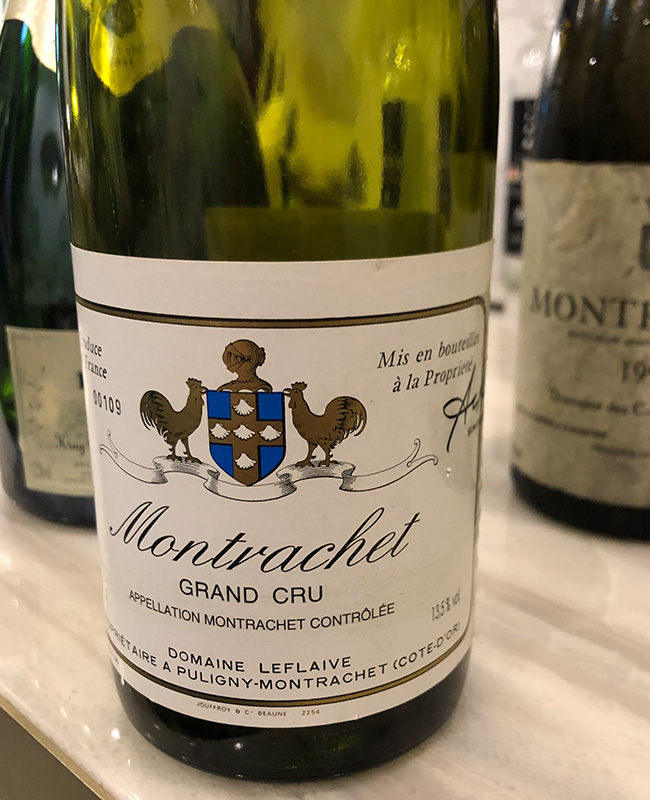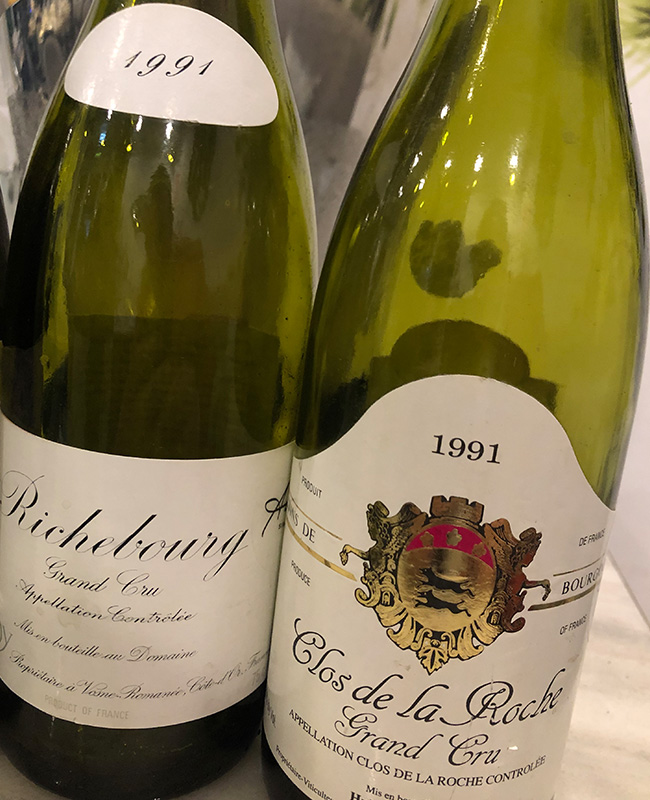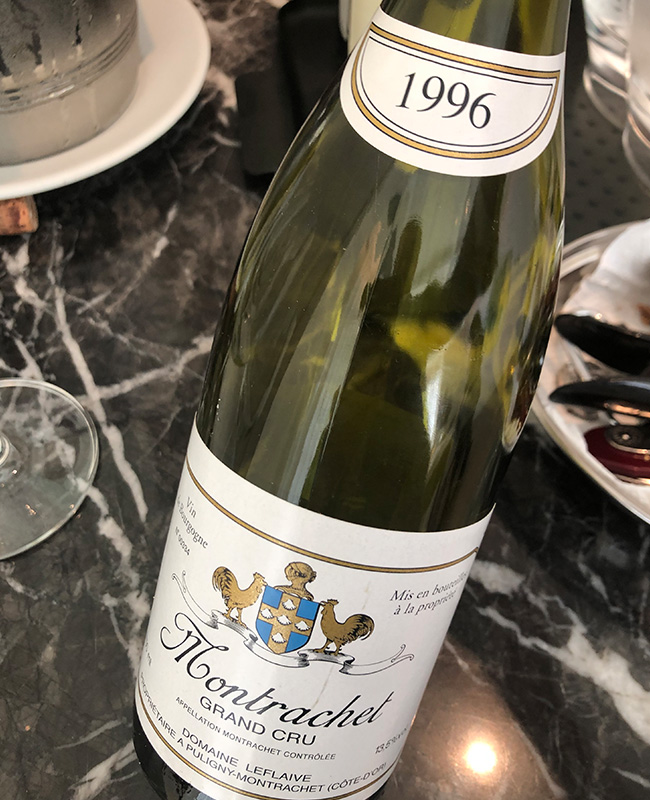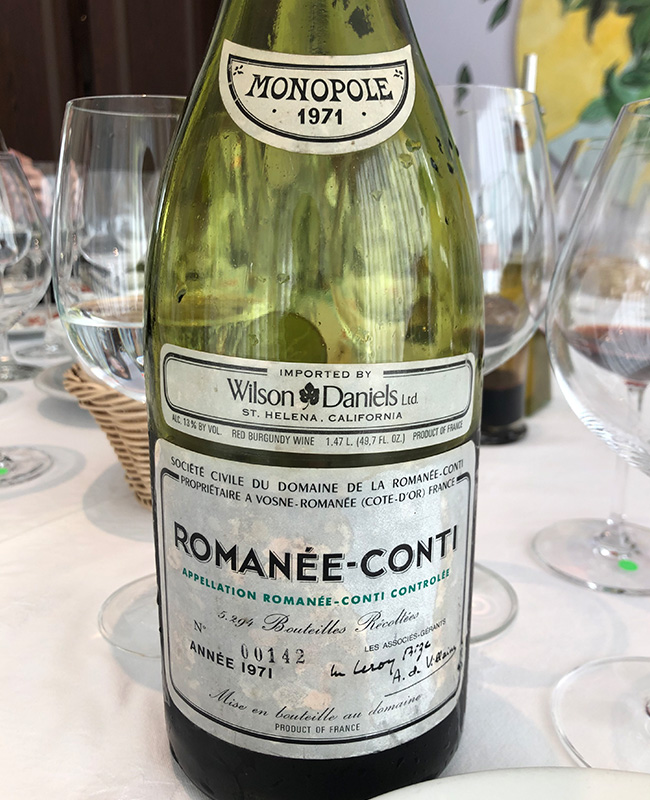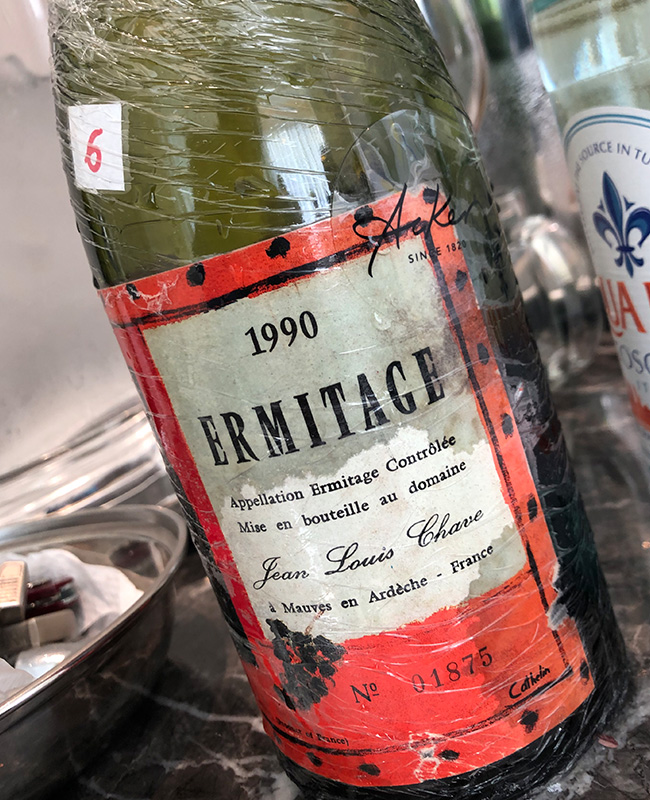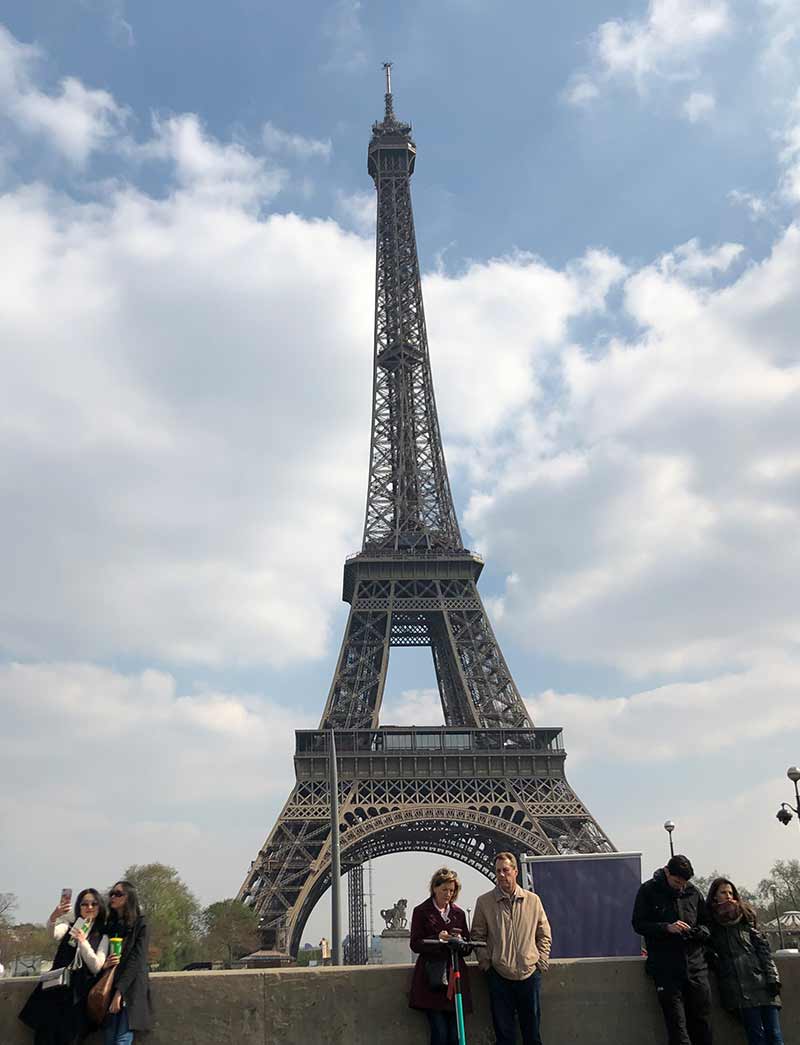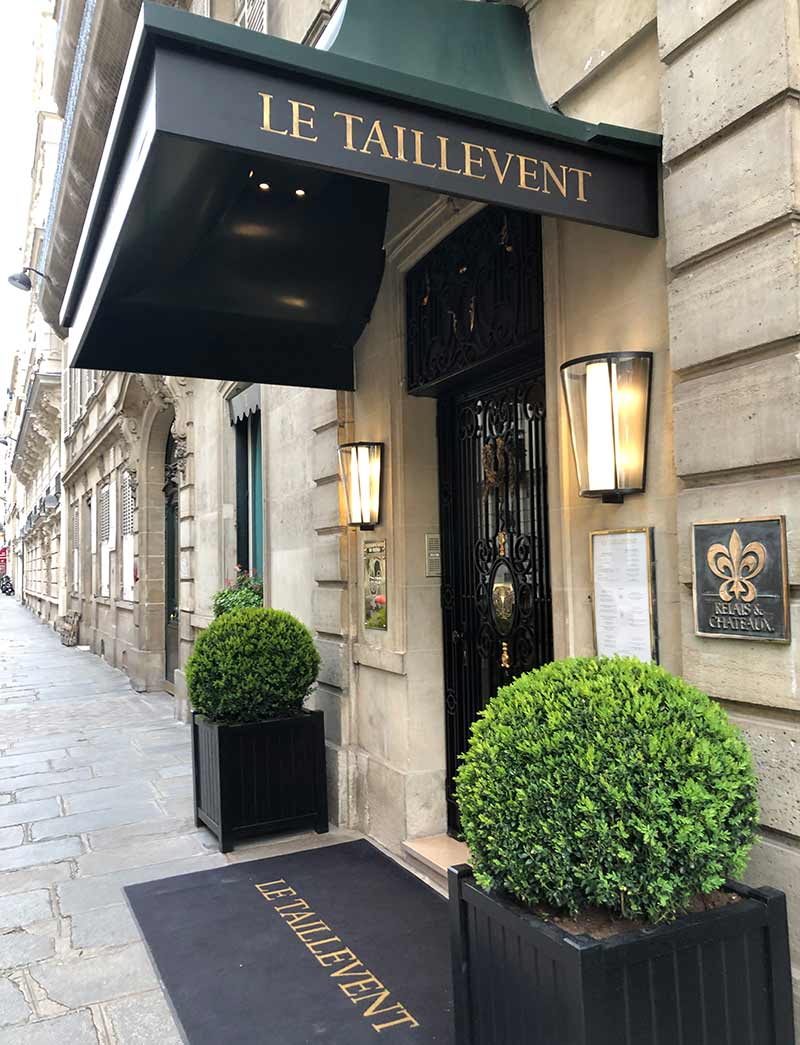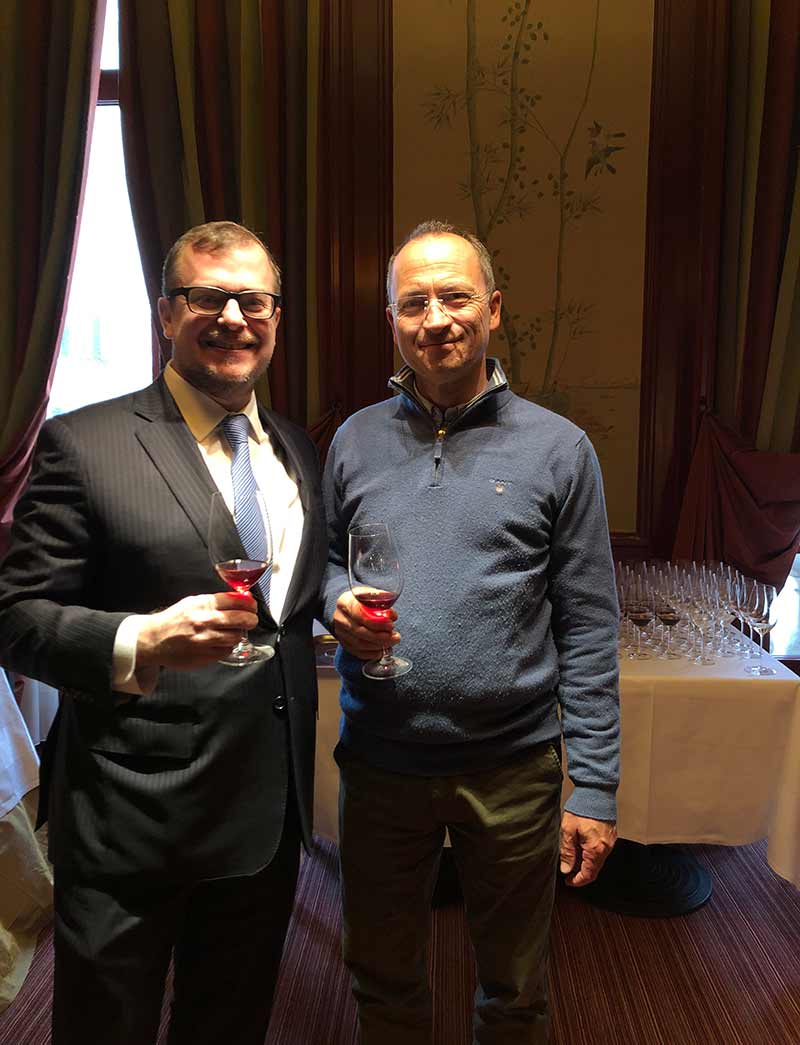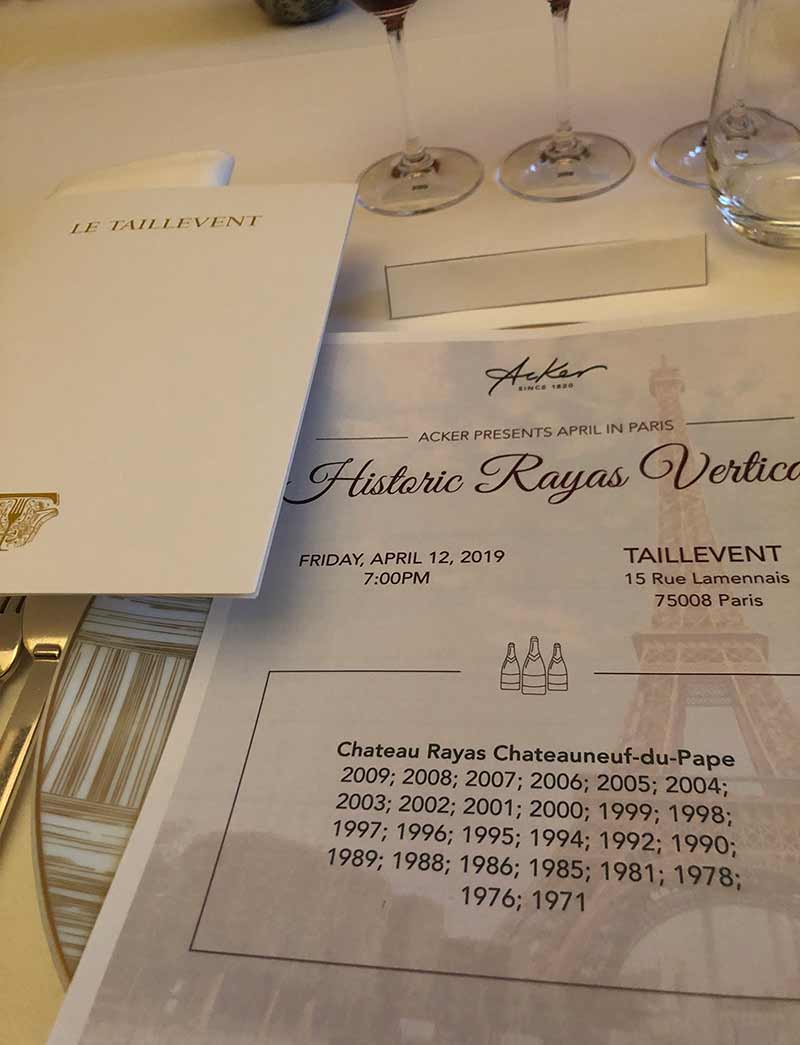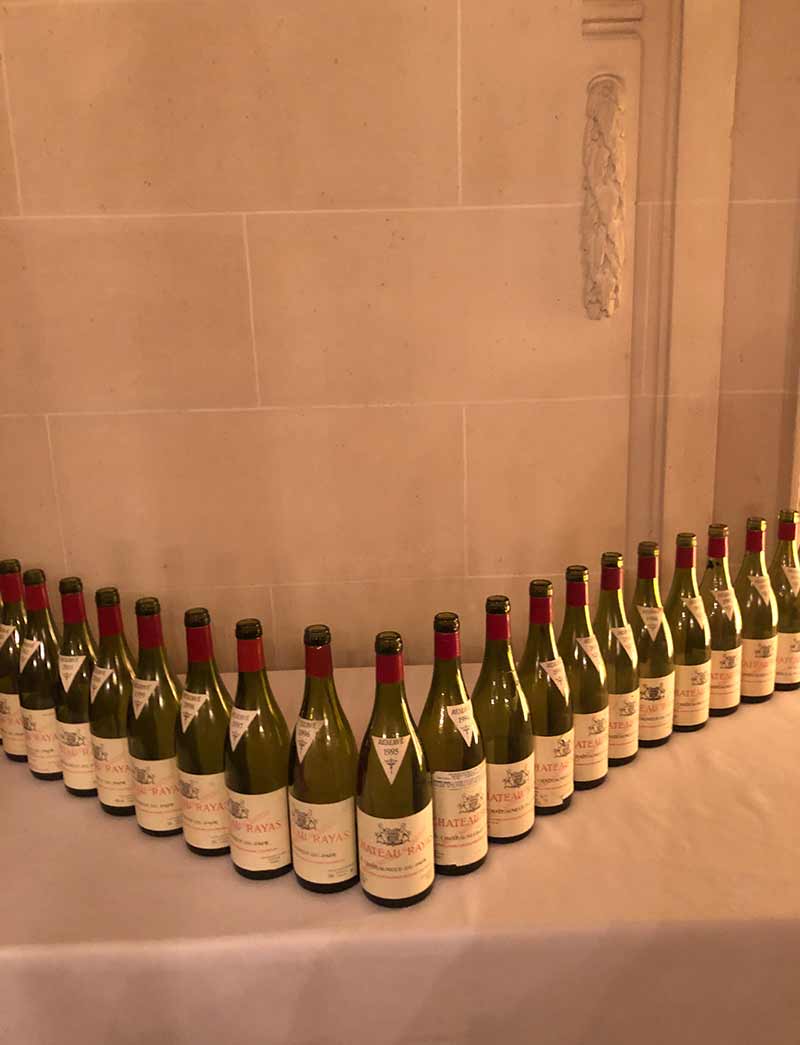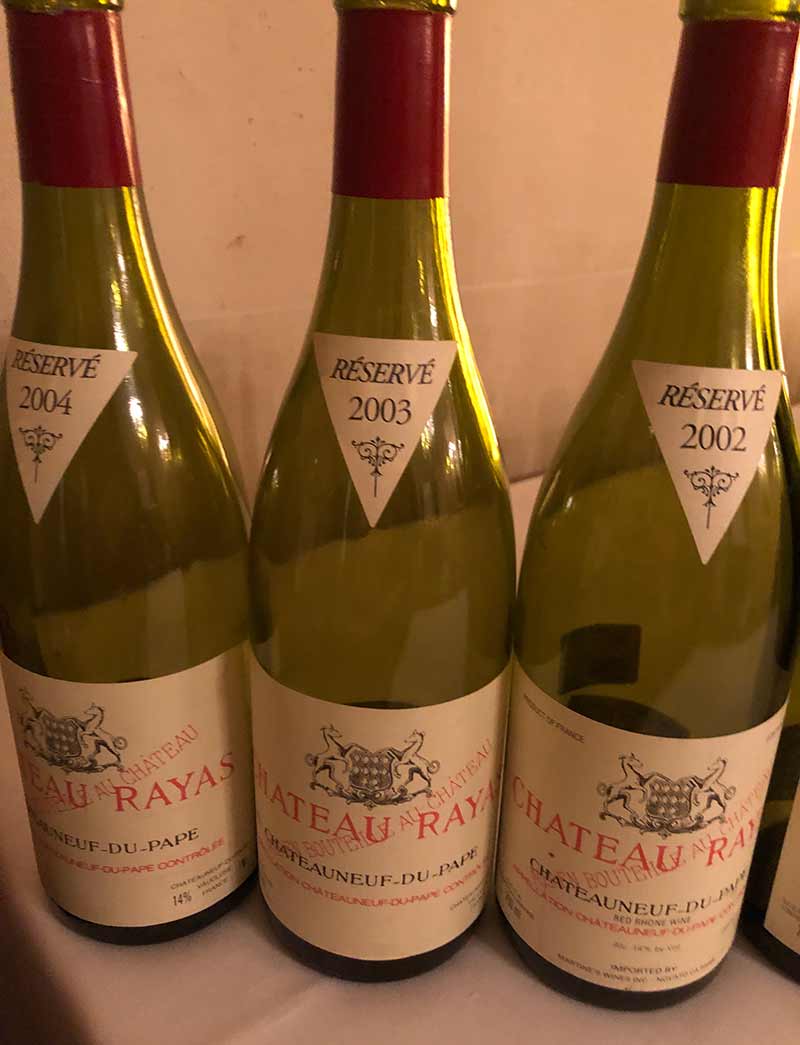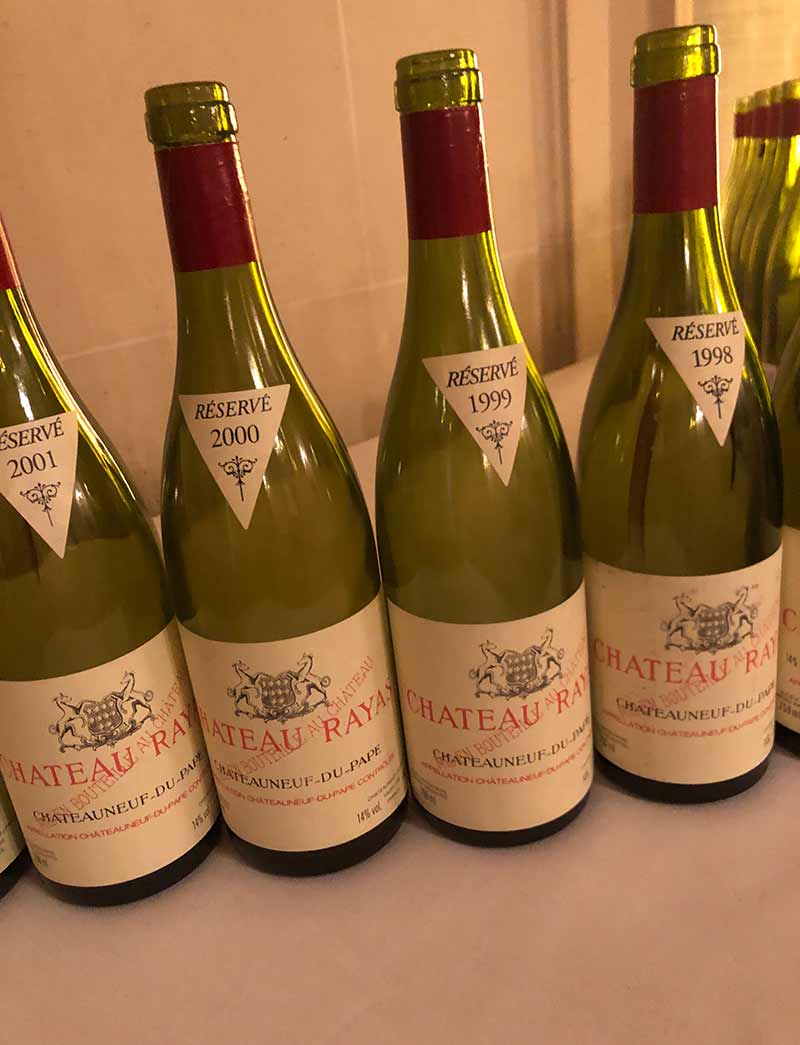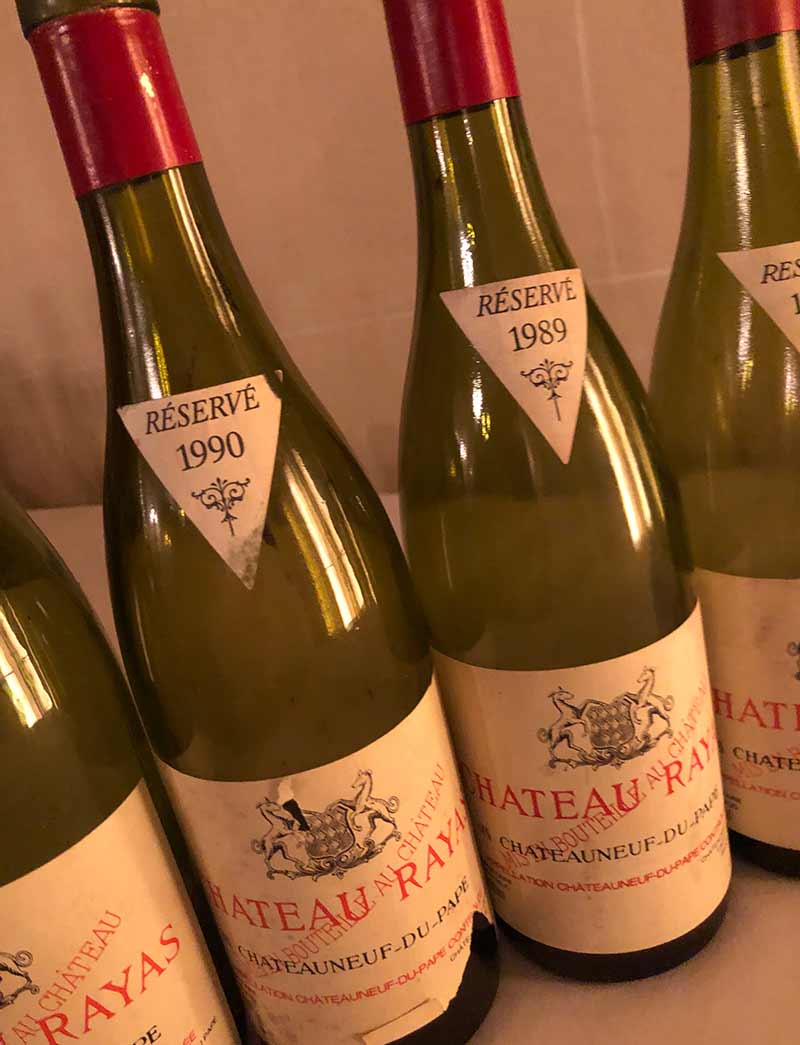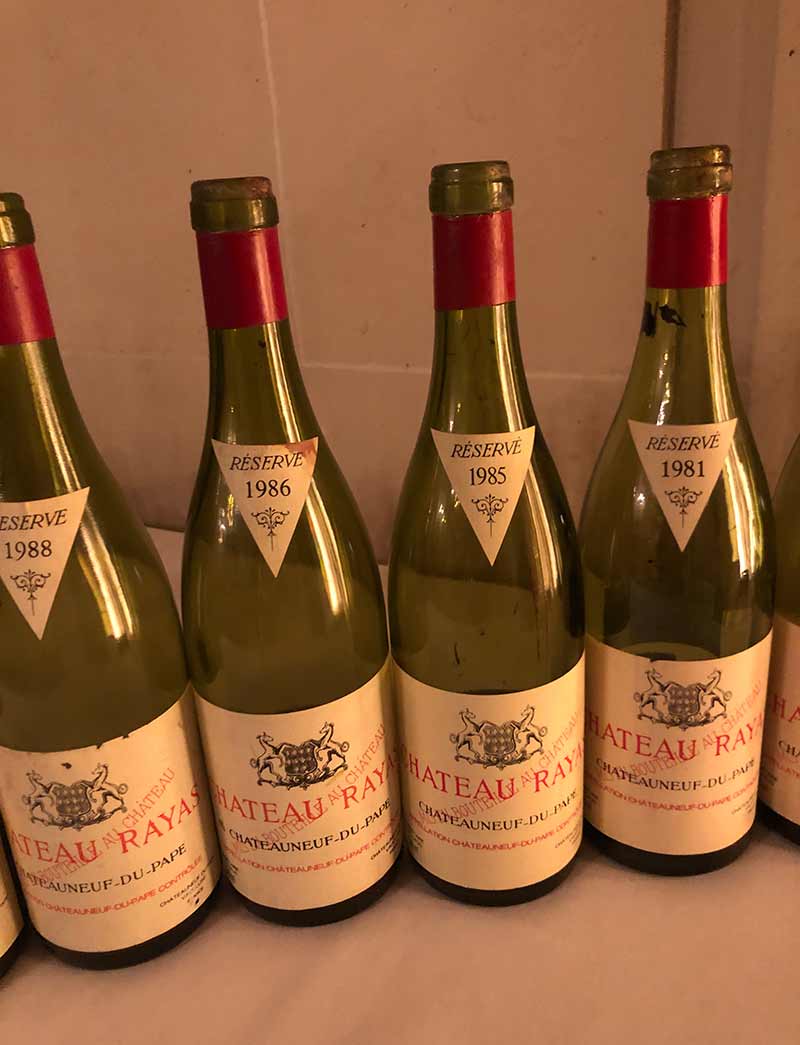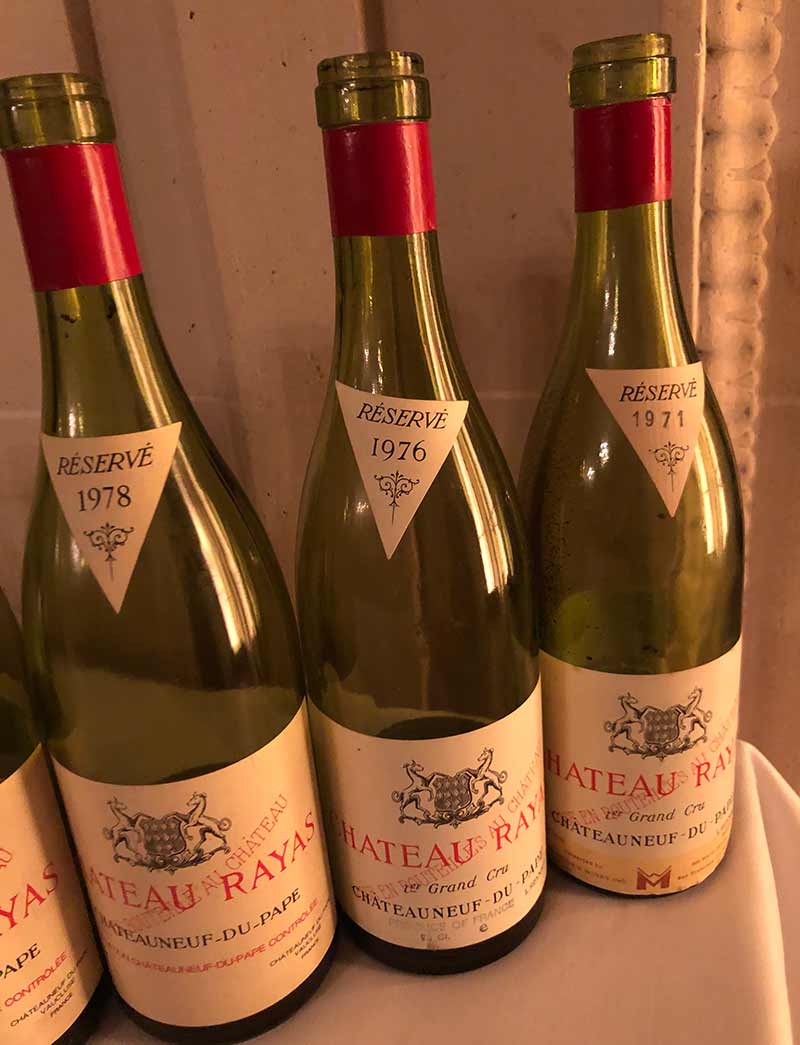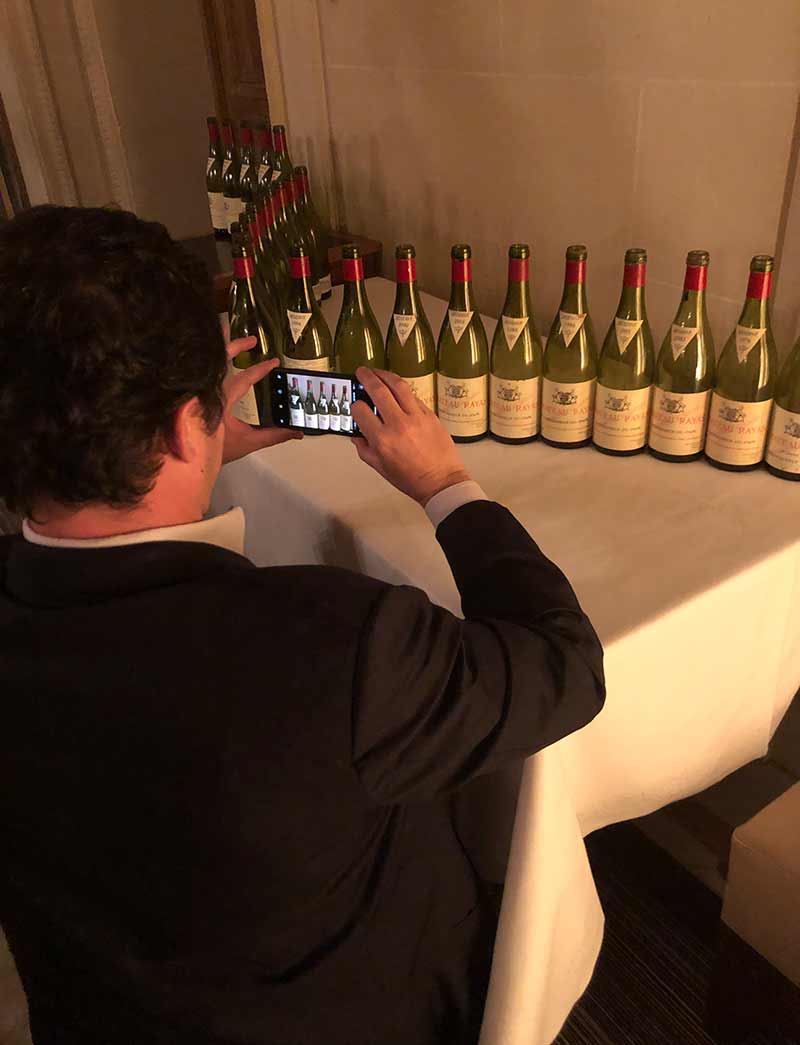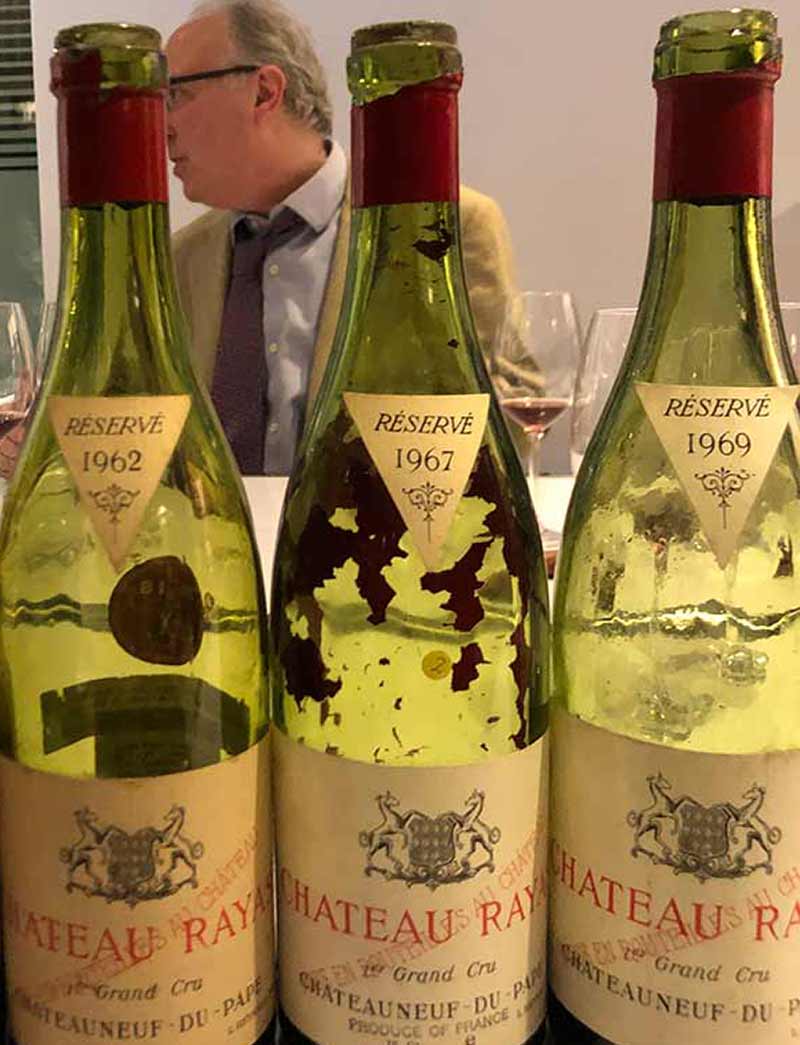For those of you that have never been to Brazil, I highly recommend that you do so as soon as possible. I have lost track of how many times I have gone, but every time I go, the first thing that I want to do is come back again. The energy and camaraderie amongst its people are second to none, especially when it comes to its fine wine. In fact, Brazil is such a great country that they came up with a word for one meal that encompasses both lunch and dinner: Almoçojantar. How great is that?!? You know, one of those late lunches that turns into dinner, it’s like a 2 for 1 deal lol. It’s even better when the wine theme at the Almocojantar is Chateau Petrus, well, for starters..
Almoçojantar
The opener of a magnum of 1989 Krug Clos de Mesnil was quickly deemed ‘sour’ by Jetski. It wasn’t perfect, though not off. A bottle I had a few weeks later was much better. It was definitely on the taut side and very citrusy. It did improve with air, but it remained taut, flexing great zip and flesh (93M).
We began our parade of Petrus with the 1985 Petrus, which was full of green olive goodness and black fruit. There was some foresty fun, minerals and a touch of black cherry on its open, creamy palate. The fruits were mainly black and purple, but very dusty. The Ambassador thought this vintage was ‘much better in Methuselah,’ and he proceeded to cut off all financial aid to those who only brought bottles (93).
The 1995 Petrus Magnum was much bigger and full of youthful fruit. It was so much more adolescent out of magnum. I was all about its deep purple and iron as the wine continued to reveal its rich, exceptional sexiness that only grew with air. A touch of banana skin added complexity. This was still elegant but sturdy and fresh in its youth. It was much wealthier than the 1985. Its meat was dripping off the bone; this was an exceptional Petrus, and an undervalued one (96+M).
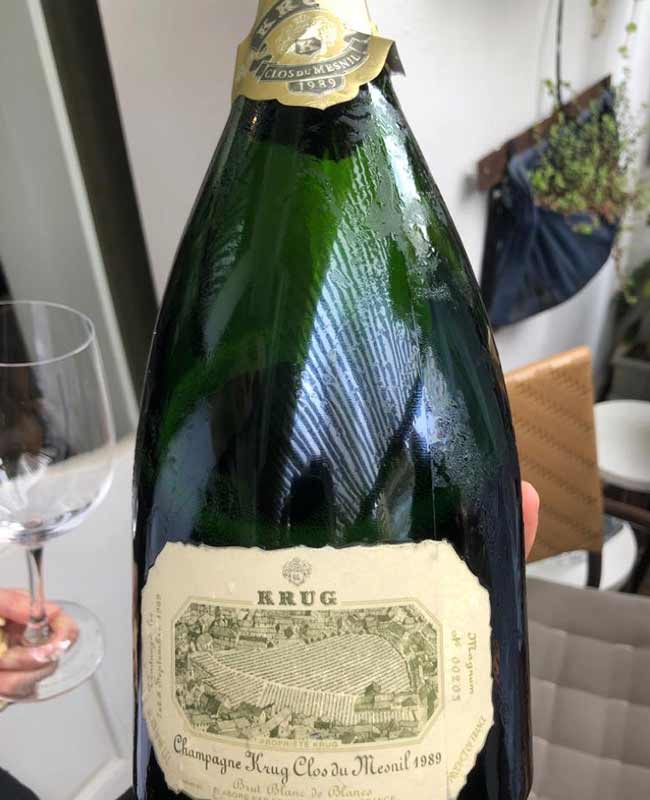
Warming Up
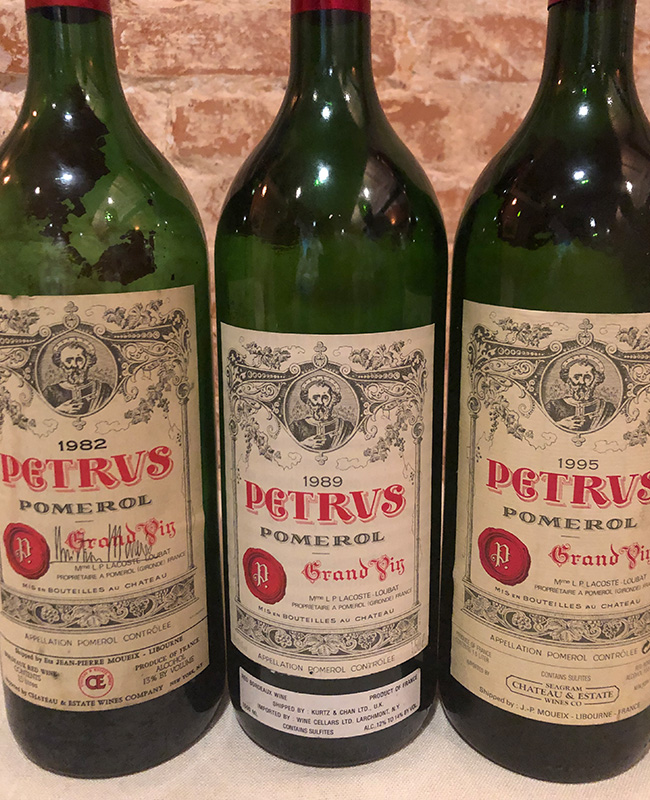
Large and In Charge
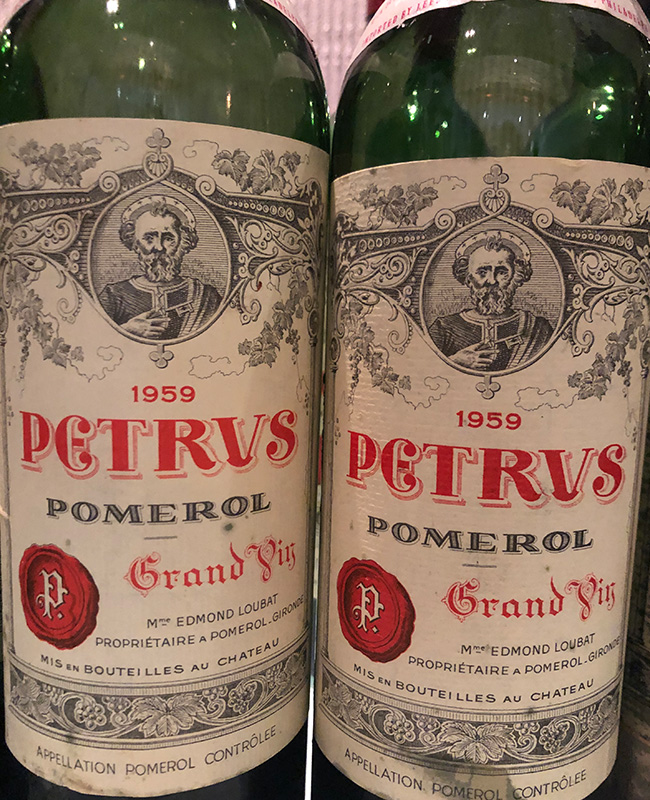
1959s
The 1959 Petrus was packed with that signature, black olive nose. It had great wheat grains and truly seductive aromas of plum and chocolate with a bit of tomato and mesquite. The palate was on the red side with cherry, citrus tang and dust. It got better with more delicious chocolaty flavors. This was another exceptional Petrus (96).
The 1964 Petrus was a bit square with chunky chocolate aromas but a touch of metal. It was not as giving as the ‘59, though with more air it became more open and fleshier. The flavor profile leaned towards the wheat side, and it just seemed flabbier after the ‘59 (93).
The 1966 Petrus was very deep with more wheat and chocolaty chunks. The wheat dominated though, but the palate was round and tender, yet light in the middle. The Maestro found some ‘menthol’ in this pleasant, pretty glass that went down smoothly. It is a vintage gracefully on the decline (94).
The 1970 Petrus had a milky nose full of stems and steam. It was a bit tangy and sour and even a touch woodsy…eh…I was not particularly impressed as it finished dryly, and the tannins felt too woody. This was just an OK bottle, one that is usually much better (91A?).
We rebounded with the 1971 Petrus which was much, much better. It had round fruit, showing great red hues and a honeyed glaze. This was tender on its palate, caressing me smoothly with its delicious, creamy length. It was a classic Petrus in every which way (95).
The 1975 Petrus Magnum was rich and decadent and one of the best of the bunch. It was ‘the right size to drink for a wine of this age’, noted the Ambassador. It was delightfully creamy and in a perfect spot on this occasion (97M).
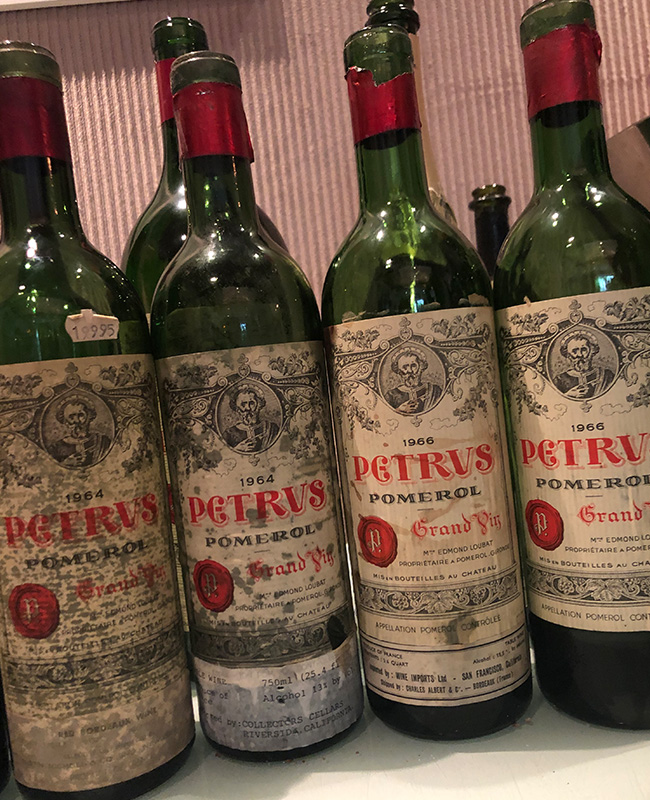
On the Sixes

Magnum Force
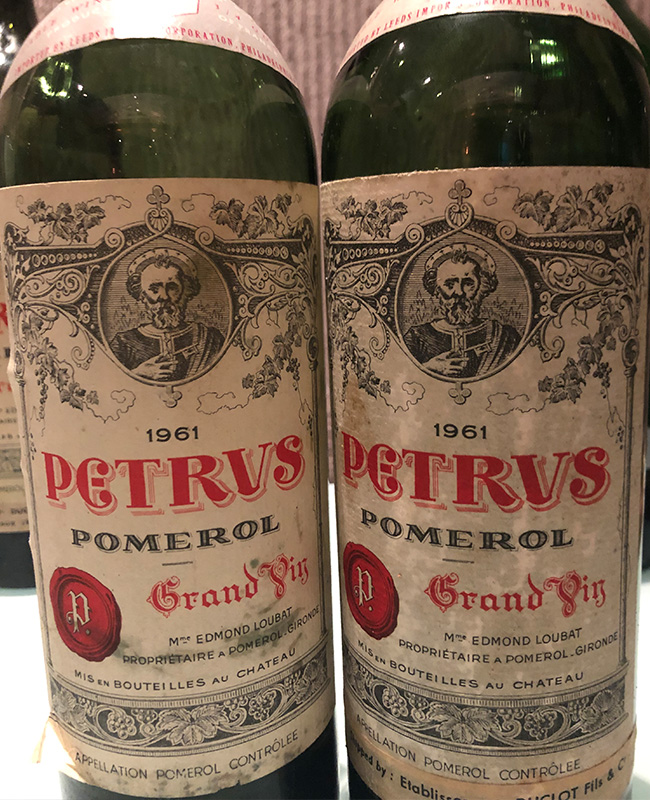
Twice As Nice
The 1952 Petrus was slightly oxidized, but the palate was better. It was rich and fleshy with great texture full of sweet, oily characteristics (95A).
The 1961 Petrus had a rich, sexy and sweet nose full of plums and chocolate. It was so complex with all the shades of all the flowers of the Royal garden in full bloom. The ’61 was incredibly expressive in the nose. Some mint crept in on the palate that was still a touch shy. It was still rich, creamy and sexy as hell. It was clearly the most complex wine so far. There were great layers to the mouth; this was was soooo good. Sweet, sexy and chocolaty, the ’61 Petrus was a veritable rap star (98).
I have never been a huge fan of the 1982 Petrus, or 1982 Pomerols in general, and this magnum didn’t change my mind, even though it was a perfect magnum. It had a milky nose with fresh farm and garden green aromas. It was so soft and barely hit 93 points for me, though the Maestro preferred it much more. I got criticized for my low and stingy score for a change! This was a bit yeasty and just OK (93M).
The 1989 Petrus came out, and now we were talking! I was all about the coconut kisses amidst its deep purple and black fruits. It was thick as a brick and rich with great length and zip. This was the ‘BEST,’ I wrote. Some things never change (99).
The 1990 Petrus showed me lots of open chocolate notes. It was ripe with lots of wheat, coconut and other exotic bits. I loved its length, but it was no match for the 1989 (95).
That was the Almoco, and now it was time for Jantar. After all that Bordeaux, there was only one place to go.
The 2008 Coche-Dury Corton Charlemagne was still so tight and coiled with that white, crystallized fruit. It had surprisingly pronounced acidity and tremendous length given the ripe nature of the vintage. Someone called it ‘tight and cold’ but I was into its tasty, tangy and wound personality. It was a bit shut down, however, by recent comparisons (95).
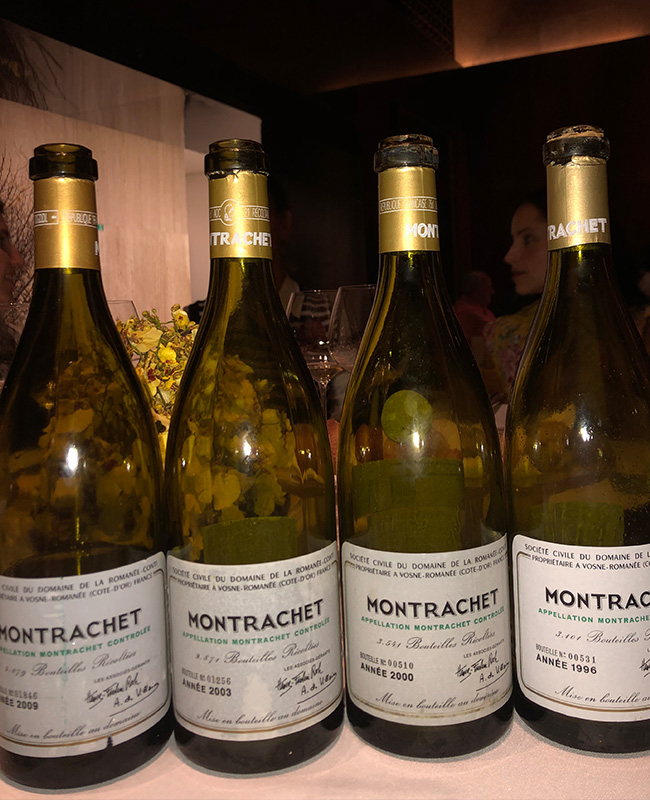
Jantar Time
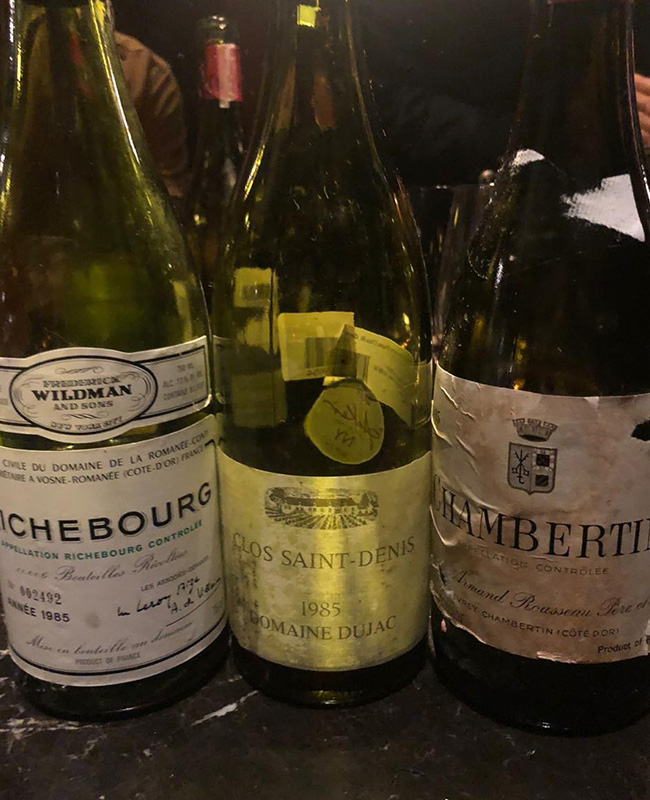
1985s Rule
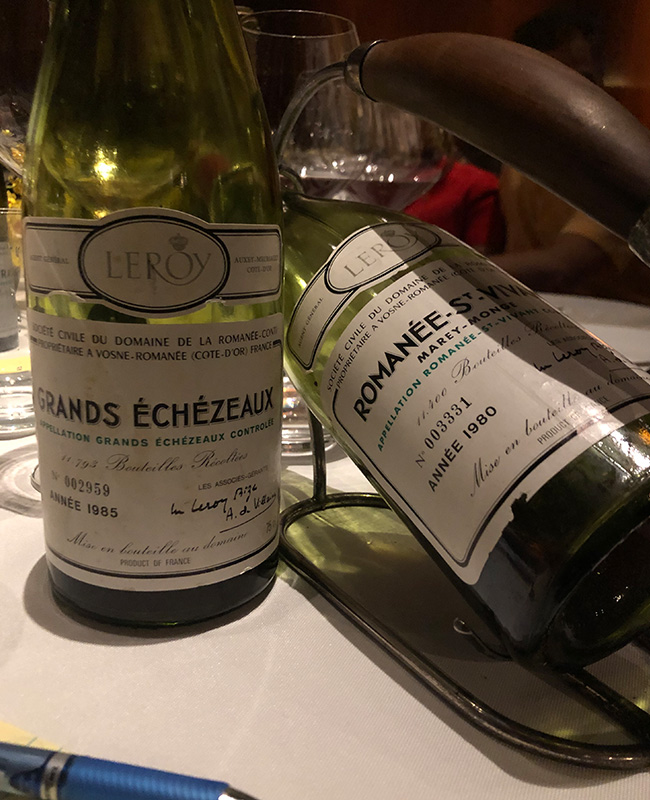
DRCs
The 2009 DRC Montrachet was served too cold, which initially covered the smidge of corkiness. It was very fine and smooth. This would have been 95+ but ultimately was too corked (DQ).
The 2003 DRC Montrachet was smooth, soft and round but a touch too sweet and simple by this wine’s usual standards. It was fun and easy with its sweet personality. It added a touch of light flint on its finish (92).
The 2000 DRC Montrachet had that sexy rainwater nose. It was full of clay and wet waterfalls along with creamy, sexy acidity. There was great caramel on the palate, and I was finally wowed after three whites where I wanted more (96).
The 1996 DRC Montrachet gave me more and then some. It was all about its richness and smoky intensity. The acidity was even more intense; its length and zip made it a real powerhouse. The Ambassador thought the ‘acidity endless,’ and he was right. This wine wasn’t even on its plateau yet (99).
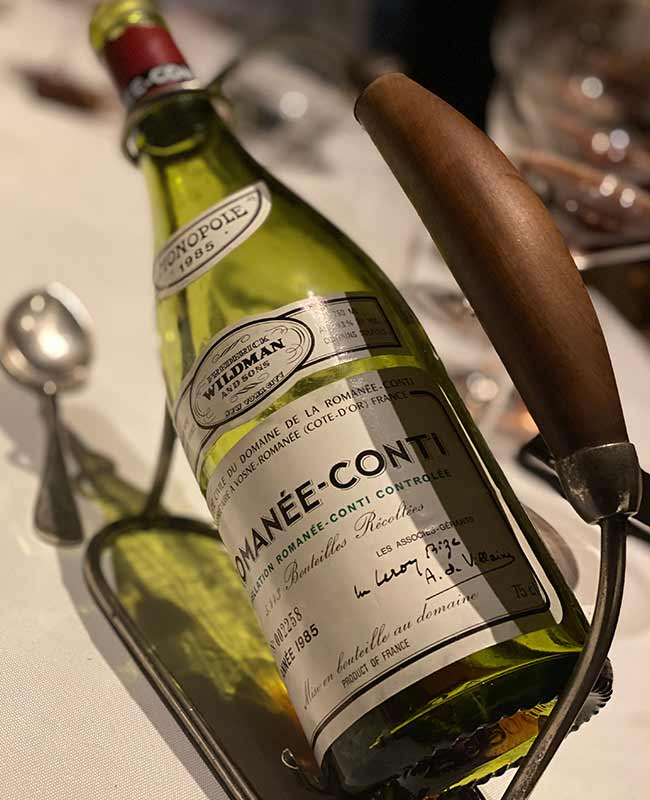
Forgot This One
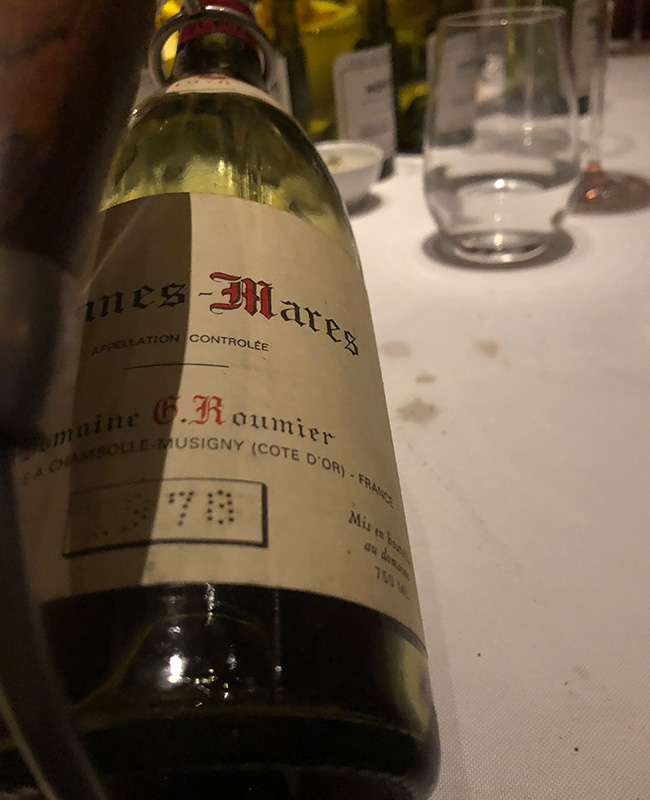
Now That’s a Picture
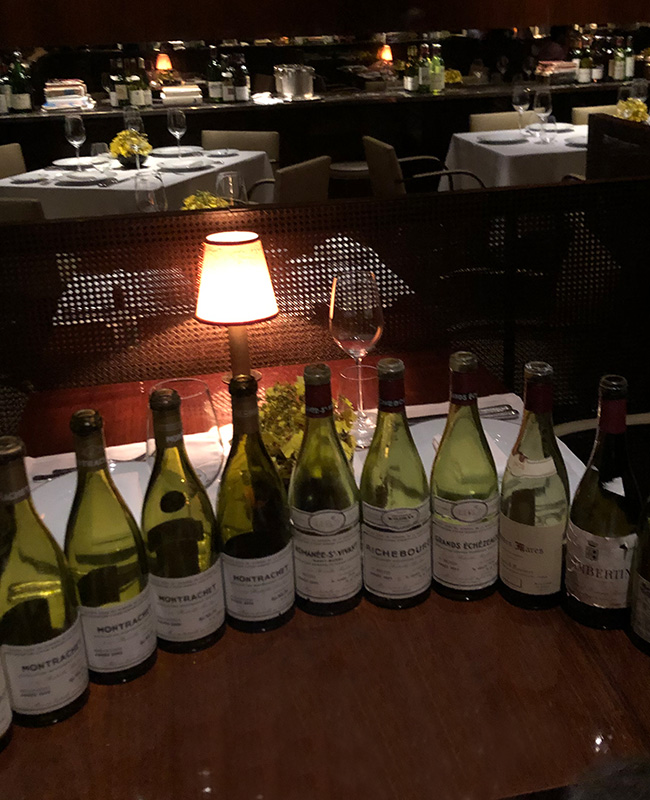
Good Night
The reds began with a delicious 1985 DRC Grands Echezeaux. It bowled me over, literally. The GE is indubitably the dark knight of the DRC portfolio, and it always delivers the best price to quality experience of them all IMO. It was one of the most concentrated ’85 DRCs I could remember. It was heavy, with lots of depth and oily richness. The Wingman found ‘flowers, roses, white pepper and licorice.’ Well said (97).
The 1985 DRC Richebourg was quickly DQ’d. We moved on to a bottle of 1980 DRC Romanee St. Vivant which had a ripe, rock ‘n roll quality to it. It was a touch heavy, with a kiss of gravy. It was a little too hot but still good (93).
A bottle of 1978 G. Roumier Bonnes Mares was next, showing some lovely, smooth citrus. It was not the 98/99-point wine it usually is. It’s all about the bottle, and this one was still outstanding, but it can be better. It had a nice musk and was dominated by leather, citrus and bouillon (96).
There were two wines to go, and what wines they were. We continued with a perfect bottle of 1985 Dujac Clos St. Denis. It was so sexy and aromatic, showing all the colors of the wine rainbow, including apricot. I guess that’s technically orange lol. I wrote ‘Dujac=delicious’ and this beautiful bottle epitomized that statement, giving me autumn kisses and a purple forest floor on which I could stand. Autumn continued its statement on the finish in a youthful way; it was the September autumn, not the November one (97).
The 1985 A. Rousseau Chambertin was full bodied and then some. This was a ‘deep ocean’ wine as Big Boy would have said if he ever made it to Brazil. It was black like a deep cave after dark, and full of wet, dark stone mysteriousness. This wine was rich and great, in every which way, not rich and an asshole lol (98).
And that’s what we call Almocojantar. Try it out some time, and try out Brazil!
FIN,
JK

